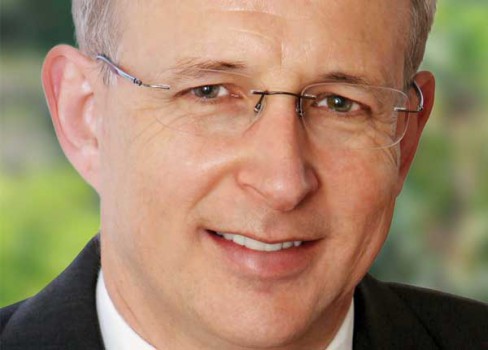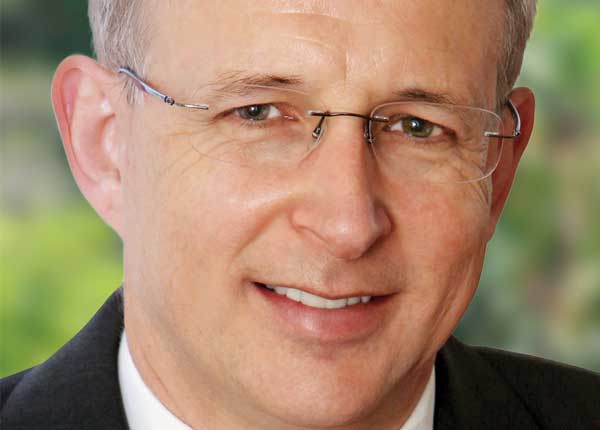
Parliamentary Secretary for Communications, Paul Fletcher, has spelled out significant detail surrounding Abbott government’s pursuit of improved digital government services, cautioning the public service and industry take up has “plateaued at between 30 and 40 per cent across all levels of government.”
Speaking during a round table on Government Online Service Delivery in Canberra hosted by tech company Fuji Xerox, Mr Fletcher said that on the evidence available to the government, the “low take-up suggests that the services on offer may not be what users expect.”
“Despite the clear appetite for access to government services online, the Australian Communications and Media Authority found that in the six months to May 2013, only 8.95 million people accessed government services at all levels (local, state and federal) online,” Mr Fletcher said.
The Coalition has put up a target that by the end of 2017 “all major services and interactions” from the federal sector will be publicly accessible online, a goal that the government hopes will not only remove a frustrating legacy of cumbersome, time consuming manual transactions but generate sizeable savings and efficiencies.
However a major obstacle that has dogged the digitisation of government over the past 15 years is that despite good intentions from both sides of politics – and some breakthroughs – responsibility for digital policy, coordination and execution across agencies has remained fragmented with leadership split between the Department of Communications for overall policy while the Department of Finance controls procurement standards.
While customer facing agencies have over time managed to extend the my.Gov.au entry point to cover multiple agencies, particularly in Human Services, other big transactors like the Tax Office have only recently made substantial progress towards setting up a counter in what is supposed to be an online one-stop-shop.
Mr Fletcher was adamant that there is still scope for big improvements, pointing to the National Commission of Audit that he said had noted that in 2012 half of “the services provided by the Department of Human Services were not conducted online.”
To move the needle, Mr Fletcher said that the internet would now be “designated as the default way to interact with most users.”
“In particular, we have set a goal that all services with more than 50,000 interactions per year should be made available online by 2017.”
Underpinning that goal is a policy that the government is selling as Convenient Services Anytime Anywhere (CSAA).
Mr Fletcher said this meant looking “at all aspects of service design including a redesign of business processes” from the bottom-up so that they could harness digital service delivery.
He emphasised that online services had to be built for customers rather than agencies through a “user-centric” design that had convenience and efficiency at their core.
But to get to that point, and manage expectations and competing ideas, the government will first try to standardise the way digital services are built so that they do not devolve into disparate, incompatible silos that then cost billions to integrate.
“The government has undertaken to publish a Digital Service Standard and Design Guide to ensure consistent service design across government agencies,” Mr Fletcher said.
“The availability of digital services across multiple platforms and devices is key. Mobile accessibility over smart phones and tables is going to be a key driver of take up.”
They could also be a key driver of savings.
Mr Fletcher said the Coalition’s digital was being “inspired” by the UK Government’s Government Digital Services (GDS), a program that had found that “online transactions are 20 times cheaper than transactions over the phone, 30 times cheaper than postal transactions and a staggering 50 times cheaper than face-to-face transactions.”
Mr Fletcher said the UK Government had estimated moving to online channels for transactional services was likely to cut the cost of service delivery by 20 per cent – a target he clearly seems keen to pursue.





The stats on the number of people who accessed government services online (8.95 million up to May 2013) say very little and need to be given in a context, ie. is it 1% of all people who accessed government services in that period, 50%, 100%?
Good idea about having whole-of-government service design standards, as they should drive greater consistency, I just hope that it won’t take the government too much time to come up and agree on them!